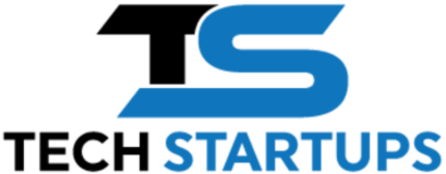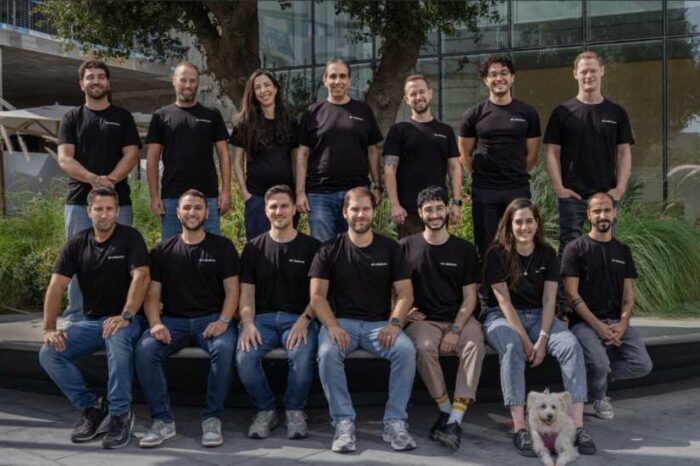The Ultimate Micro SaaS Playbook: How to Build, Launch, and Scale Your Niche SaaS Ideas in 2025

Happy New Year! Last summer, we explored some of the best MicroSaaS ideas, focusing on recurring pain points with significant potential for monthly recurring revenue (MRR). These ideas demonstrated how small-scale SaaS ventures could thrive by addressing niche problems effectively.
As we step into 2025, the rapid growth of AI and no-code tools is set to revolutionize the MicroSaaS landscape, making it easier than ever for non-developers to create powerful solutions without writing a single line of code. This new wave emphasizes solving “one feature or pain point” rather than attempting to boil the ocean, empowering founders to craft highly targeted solutions in specific verticals.
These lean, focused SaaS products allow solo founders and small teams to build impactful, sustainable businesses with minimal overhead. If a problem frustrates you, chances are others feel the same—turning that frustration into opportunity. If that’s your very first project and you’re also working with external developers, learn more about green and red flags to follow along the way – it will save you some time.
This playbook isn’t about flashy startups or bloated feature sets. It’s about identifying one problem, solving it exceptionally well, and turning that into a thriving business. Let’s dive into the process.
MicroSaaS Playbook
Want to Start a MicroSaaS? Here’s the Playbook:
- Find One Annoying Problem: If something frustrates you, others are likely dealing with it too.
- Check if People Are Complaining: Platforms like G2, Reddit, Slack groups, and Trustpilot are goldmines for pain points. Complaints are opportunities.
- Build a Simple Solution: Solve the core issue. Skip unnecessary bells and whistles.
- Ask for Money: If users are willing to pay, you’ve got a business. If not, iterate.
- Stay Lean, Get Profitable: Build something that covers its costs and scales naturally. Aim to be “default alive.”
Now, let’s dig deeper into each phase: Build, Launch, and Scale.
Part 1: Build Your MicroSaaS

Step 1: Identify the Problem
Every successful MicroSaaS starts with one core insight: solving a real problem. Look for pain points that are simple, specific, and overlooked.
- Where to Search: Dive into forums, reviews, and social media. Platforms like G2, Reddit, and niche Slack communities often reveal gaps in current tools.
- Example: A designer struggling to manage client revisions could inspire a lightweight feedback app.
Step 2: Validate the Problem
An idea is only as good as its demand. Start by validating your concept with potential users.
- How to Validate:
- Conduct quick surveys on Google Forms.
- Engage directly with people in your target audience.
- What to Look For: Positive signs include enthusiastic responses like “I’d pay for this!” or suggestions for immediate improvements.
Step 3: Build a Minimum Viable Product (MVP)
Forget perfection. Build an MVP that solves the problem and nothing else.
- Tools to Use:
- No-code platforms like Bubble or Glide for speed.
- Open-source templates to accelerate development.
- Timeline: Keep it tight—4 to 6 weeks is ideal to launch something functional.
Part 2: Launch Your MicroSaaS
Step 1: Soft Launch to Beta Users
Don’t overcomplicate the launch. Start small and target niche groups.
- Where to Share: Post on Indie Hackers, Reddit, or LinkedIn. Join communities discussing related problems.
- Goal: Gather actionable feedback while gaining early adopters.
Step 2: Monetize from Day One
Free users won’t keep the lights on. Charge from the start.
- Why This Matters: Paying customers validate both demand and your pricing model.
- How to Charge:
- Offer a discounted lifetime deal for early adopters.
- Introduce a basic subscription model with room to grow.
Step 3: Market Where Your Users Are
Find your audience where they already gather and speak their language.
- Tactics That Work:
- Build in public: Share updates, challenges, and progress on platforms like Twitter.
- Create case studies that highlight how your product solves specific problems.
Part 3: Scale Your MicroSaaS
Step 1: Optimize for Growth
Use feedback to refine and enhance your product. Focus on the features users love most.
- Growth Hacks:
- A/B test design and usability.
- Track behavior with tools like Mixpanel or Amplitude.
Step 2: Automate and Delegate
Scaling doesn’t mean working more hours. Let automation handle repetitive tasks.
- Tools to Consider:
- Zapier or Make for workflows.
- Helpdesk solutions like Zendesk for customer support.
Step 3: Expand Your Reach
Once you have steady revenue, double down on growth.
- Channels to Explore:
- Partner with complementary SaaS tools.
- Leverage SEO and content marketing to attract organic traffic.
Step 4: Retain and Upsell
Happy customers stay longer and pay more.
- Retention Strategies:
- Offer excellent support and regular updates.
- Introduce advanced tiers or premium features for power users.
Part 4: Here Are 8 MicroSaaS Ideas to Consider
- Email Warmup Tool
→ Cold emails going to spam kill sales. Build a tool that warms up email domains automatically. Every sales team needs this. - Website Uptime Monitor
→ Current solutions are bloated. Create a simple, reliable monitor that just alerts when sites go down. No unnecessary features. - PDF Invoice Parser
→ Companies waste hours on manual data entry. Make a tool that extracts invoice data automatically. Every accounting team will pay for this. - Social Proof Widget
→ Show live sales notifications, reviews, or user counts on any website. Easy to implement and proven to boost conversions. - Form Spam Blocker
→ Contact form spam wastes everyone’s time. Build a smarter solution that actually works. Every website needs this. - Image Optimization API
→ Slow-loading images kill conversion rates. Create an API that automatically optimizes and serves images. An easy win for web apps. - Meeting Scheduling Widget
→ Scheduling meetings is still painful. Build a simpler alternative to current tools. Focus on specific use cases first. - Database Backup Tool
→ Everyone needs backups, but current solutions are complex. Make it dead simple to back up any database to cloud storage.
Why These Ideas Work
- Real problems with clear target customers.
- Monthly recurring revenue potential.
- Low maintenance with high impact.
- Solo-founder friendly.
Conclusion
The MicroSaaS model proves that small ideas can lead to big opportunities. With the right problem, a focused solution, and a clear path to revenue, you can create a sustainable, impactful business.
Call to Action: Stop waiting for the perfect idea. Start small, start lean, and solve one problem today.




